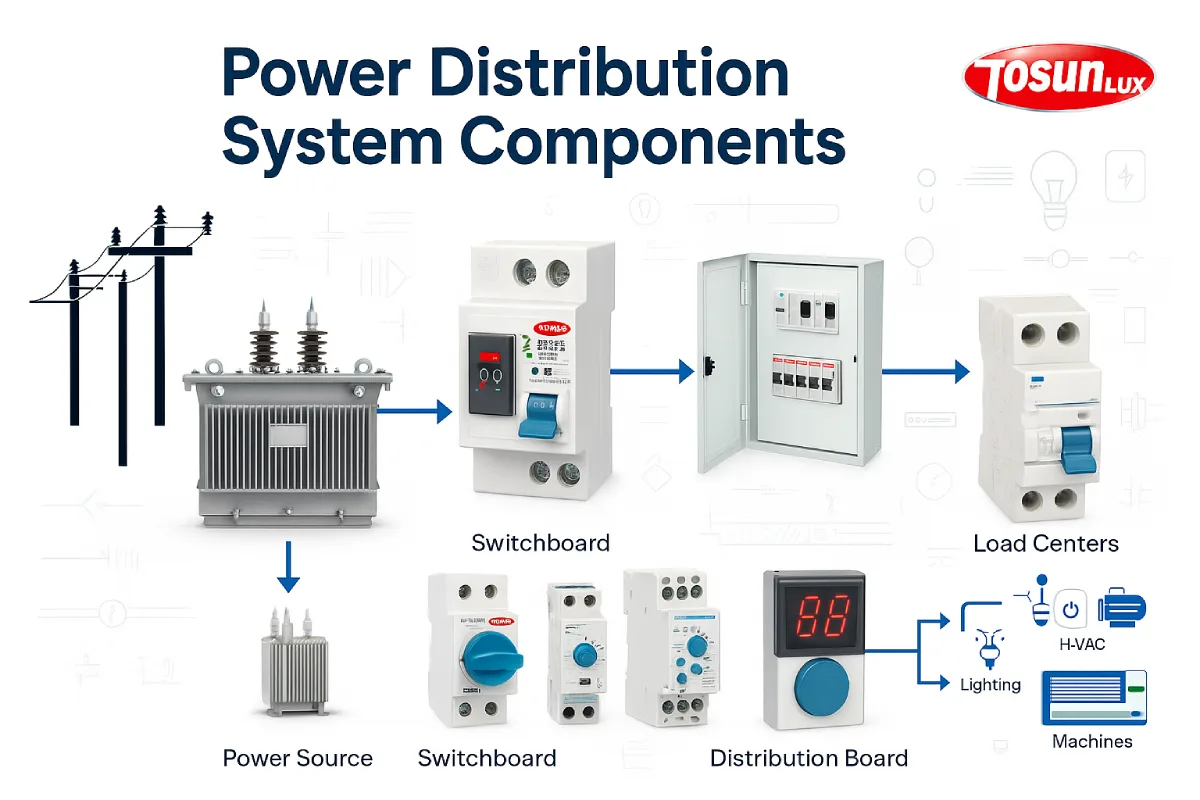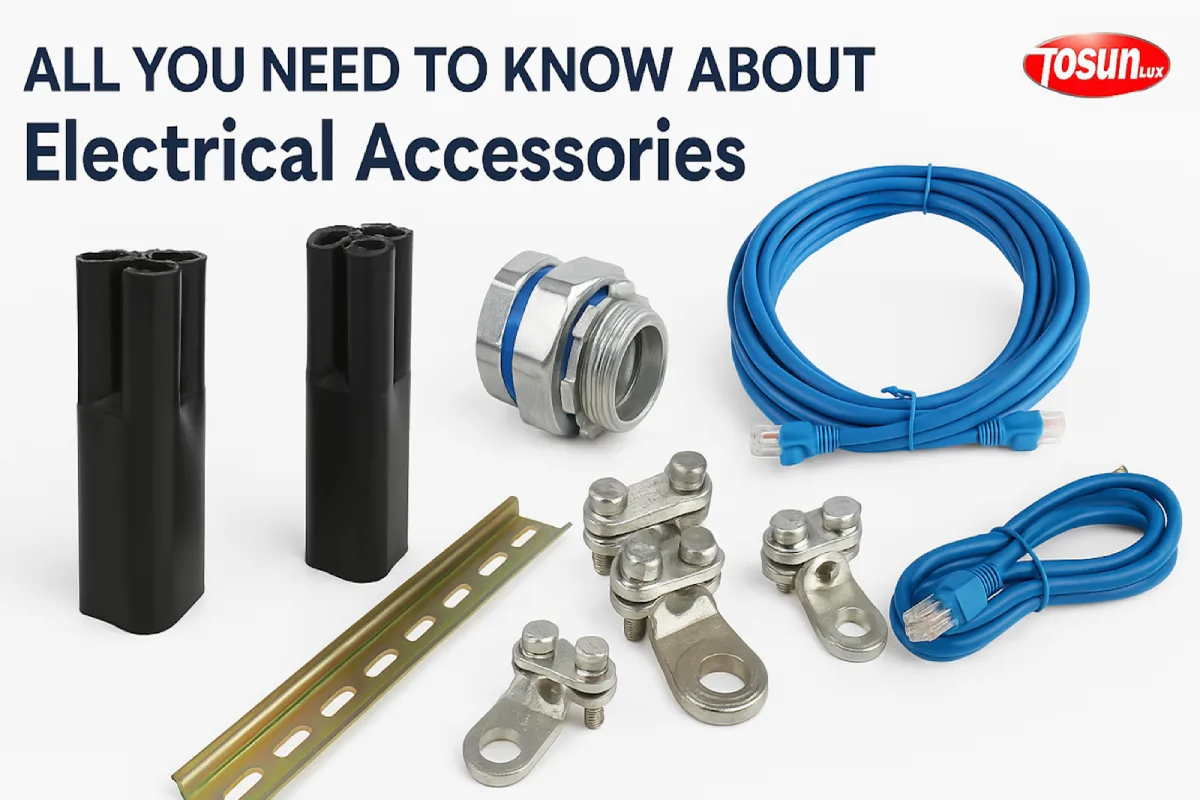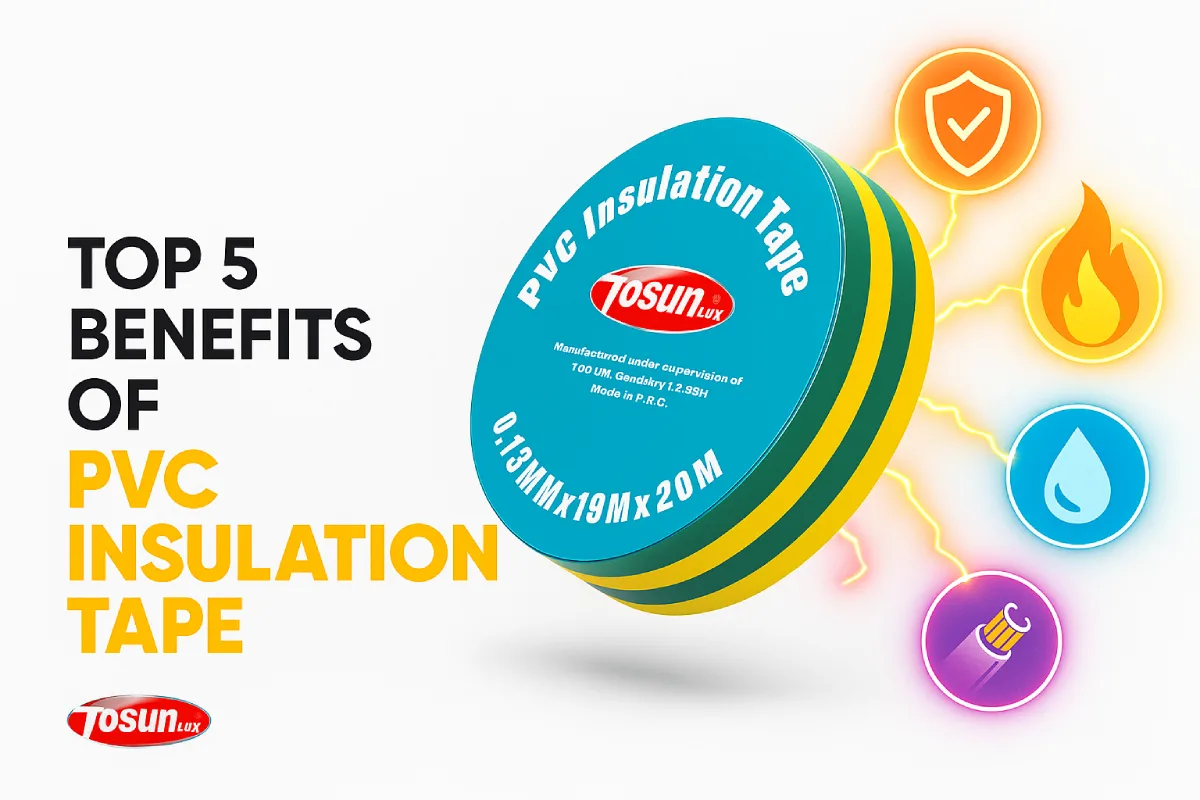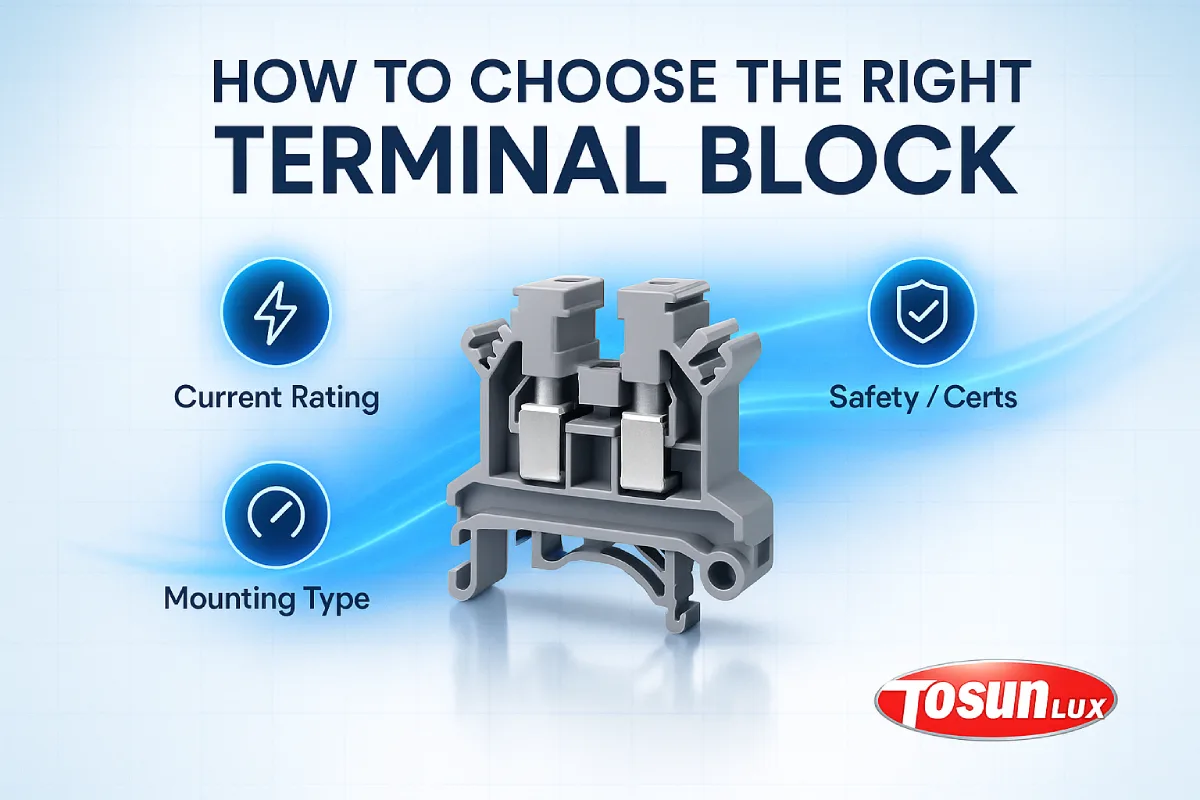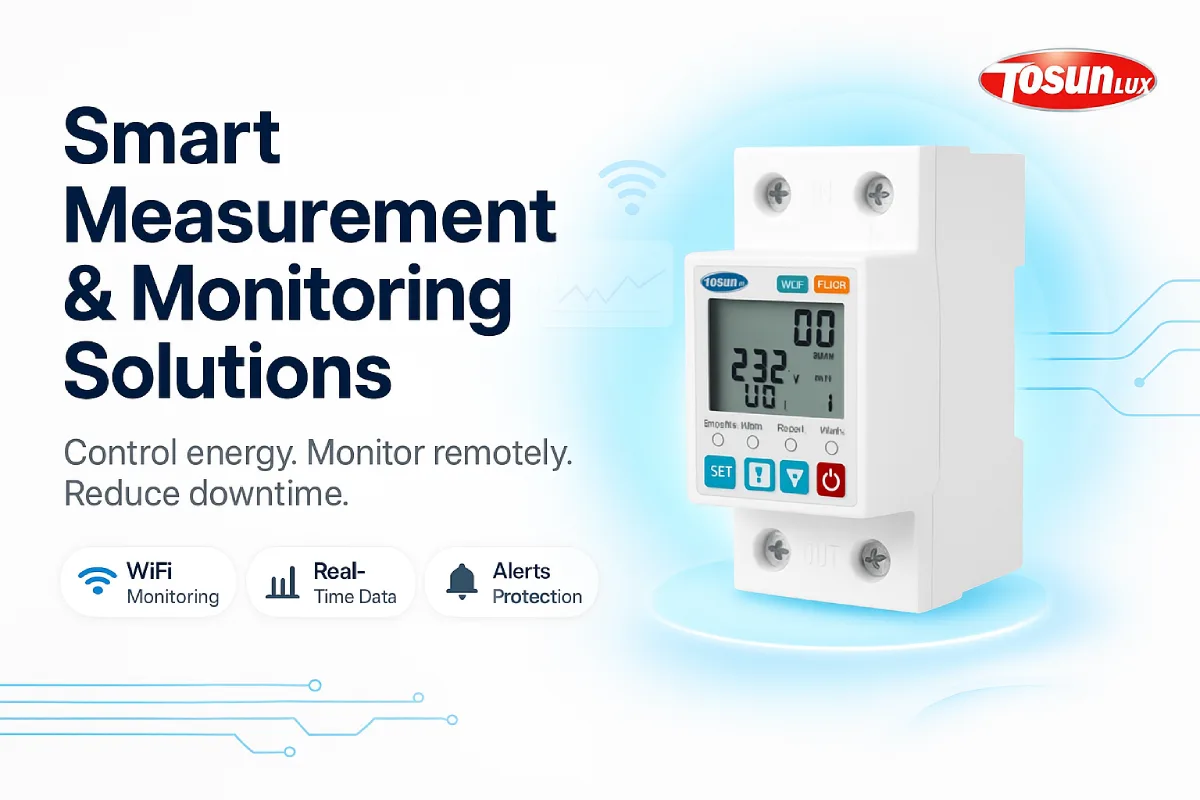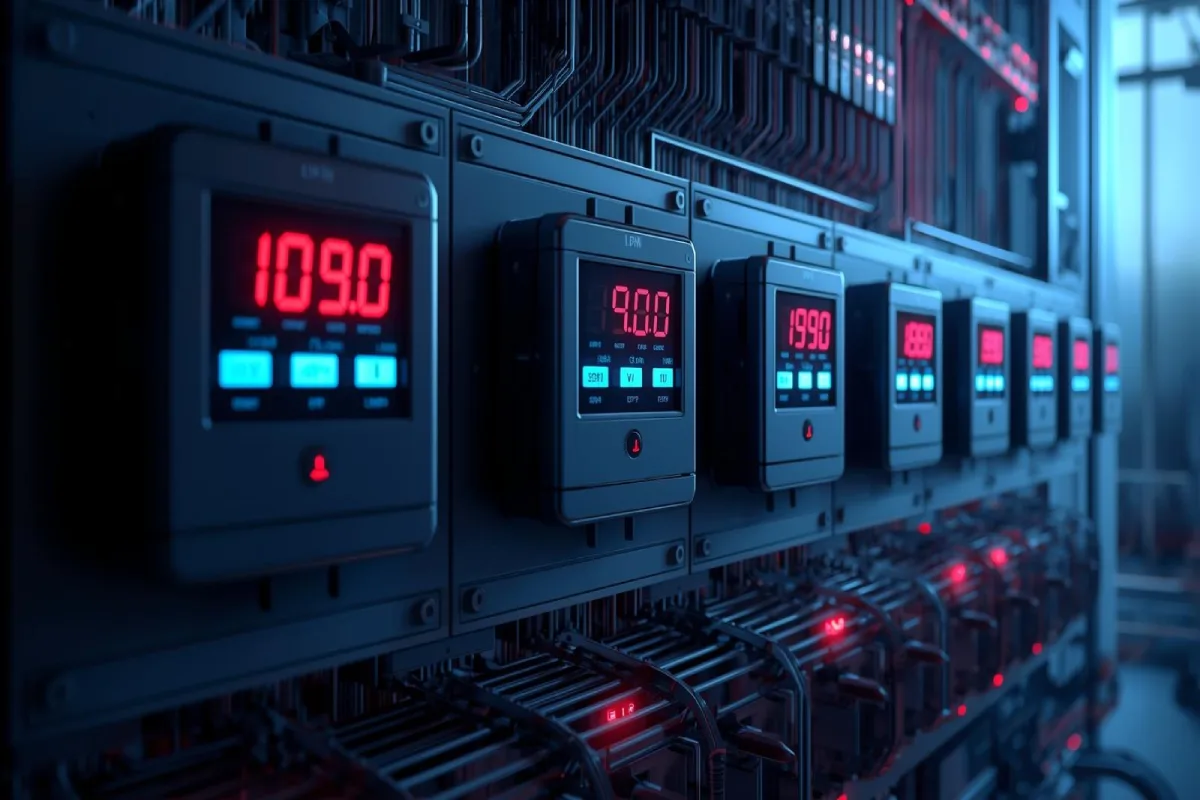Complete Guide to Power Distribution System Components
20th พ.ย. 2025
Power distribution components include substations, transformers, distribution lines, protective devices, and control equipment. These work together to deliver electricity safely from the grid to end users. These systems rely on circuit breakers and monitoring equipment to maintain reliable power flow. What Are Power Distribution System Components? A power distribution system receives high-voltage electricity from the transmission grid. It then converts this power to usable voltage levels. The system distributes electricity across multiple circuits while protecting equipment from faults. Component Type Primary Function Typical Voltage Range Common Applications Substations Voltage reduction and control 66kV to 11kV Grid interface points Transformers Voltage transformation 11kV to 120/480V Distribution to end users Distribution lines Power transmission 11kV to 400V Feeders, distributors, service mains Protective devices Fault detection and isolation All voltage levels System protection Switchgear Control and switching 600V to 38kV Power distribution control Substations: The Voltage Reduction Hubs Substations are facilities where transmission voltage is reduced to distribution levels. A typical substation receives power at 66kV or 132kV. It steps this down to 11kV or 33kV for local distribution networks. You’ll find power transformers handling the voltage conversion. Circuit breakers provide switching capability and fault protection. Switchgear assemblies control power flow to different feeders. Protective relays monitor conditions and trigger breakers when problems develop. Modern substations utilize automation to detect faults and restore power more efficiently. Transformers in Distribution Systems Transformers change voltage levels at multiple points throughout the distribution network. Different types serve specific functions. Distribution Transformers Distribution transformers reduce primary distribution voltage to levels that consumers […]
อ่านเพิ่มเติม : +86-139 0587 7291
: +86-139 0587 7291 ภาษาอังกฤษ
ภาษาอังกฤษ ภาษาสเปน
ภาษาสเปน รัสเซีย
รัสเซีย ภาษาฝรั่งเศส
ภาษาฝรั่งเศส อาหรับ
อาหรับ ภาษาโปรตุเกสของบราซิล
ภาษาโปรตุเกสของบราซิล อังการา
อังการา ตุรกี
ตุรกี โปแลนด์
โปแลนด์ เนเธอร์แลนด์
เนเธอร์แลนด์ อิตาลี
อิตาลี ภาษาอินโดนีเซีย
ภาษาอินโดนีเซีย ฮินดี
ฮินดี อัลดู
อัลดู อัมเบรลล่า
อัมเบรลล่า เชสเชียร์
เชสเชียร์ ภาษาไทย
ภาษาไทย มงโกล
มงโกล วาร์ซี
วาร์ซี ชคิป
ชคิป เอลลิก้า
เอลลิก้า
